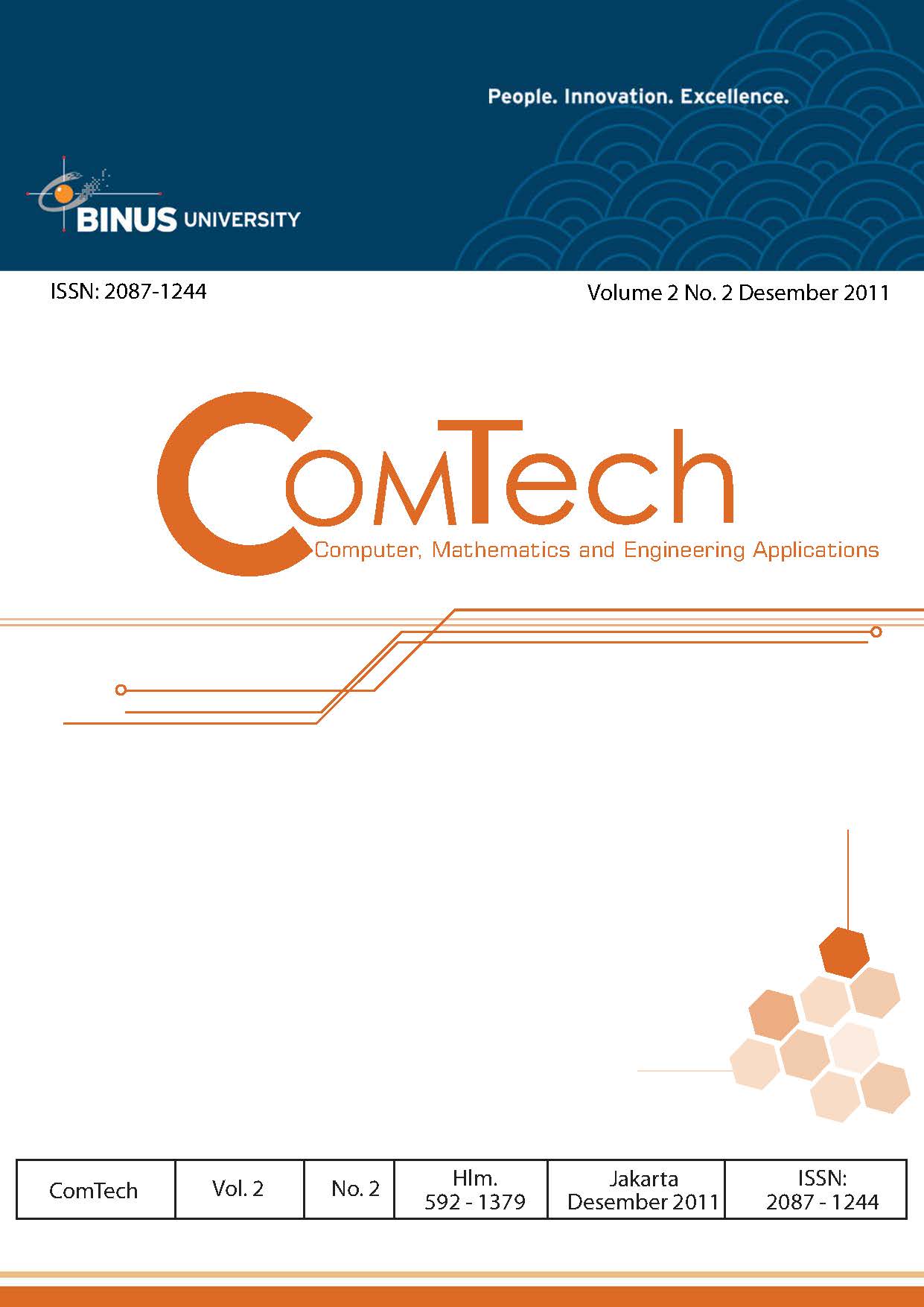Pembelajaran Komputasi dalam Arsitektur Tingkat Awal
DOI:
https://doi.org/10.21512/comtech.v2i2.2928Keywords:
architecture curriculum, computation, CAAD, digital media, teaching systemAbstract
The architecture curriculum in formal education is necessary to be redefined in order to adapt to computing technology to obtain its good values. CAAD is added to architecture learning with no settled framework; relying on practical experience of lecturers. This reminds of how important the adaptation to the theories and science of architecture that evolved with the advent of digital media is. Therefore, the methodology and teaching approach systems are need to be reviewed, with the help of architects, professionals and the authority to fix the narrow perception of digital architecture. This article is a summary of several earlier studies on the influence of information technology on the education of architecture lately. It is expected that in the future this article may be useful as a theoretical basis for the course Computational Design in Architecture Architecture I at Bina Nusantara University.
Â
References
Antoniades, Anthony C. (1992). Poetics of Architecture: Theory of Design. New York: John Wiley and Sons.
Ching, D. K. (2007). Architecture: Form, Space and Order, (3rd ed.). New York: John Wiley and Sons.
Elkær, Tim Nøhr. (2009). Using Computers to Aid Creativity in the early stages of Design – or not!: Rehabilitating the physical representation in Computer-Aided-Ideation. Computation: The New Realm of Architectural Design: 27th eCAADe Conference proceedings, pp. 761-768.
Hanlon, Don. (2009). Composition in Architecture. New York: John Wiley and Sons.
Hemsath, Timothy. (2008). Digital RE Thinking: Digital Literacy in Beginning Design. Georgia: Georgia Institute of Technology.
Mark, Earl. (2003). Preliminary Stages of CAAD Education. Automation in Construction, 12, 661– 670.
Oxman, Rivka. (2008). Digital Architecture as a Challenge for Design Pedagogy: Theory, Knowledge, Models And Medium. Design Studies, 29, 99-120.
Pantazi, Magdalin-Eleni. (2009). Digital Design Media: Tools for Design Exploration in the Studio Process, 1-11. Boston: Boston Architectural College.
Roberts, Andrew. (1998). From CAAD Lab to Studio: Integration of CAAD with studio in a ‘linear’ based scheme of study. Computers in Design Studio Teaching 2.2.
Tokman, Leyla. (2005). A Computer Aided Model for Supporting Design Education. World Academy of Science, Engineering and Technology, 9, 44-48.
Downloads
Published
How to Cite
Issue
Section
License
Authors who publish with this journal agree to the following terms:
a. Authors retain copyright and grant the journal right of first publication with the work simultaneously licensed under a Creative Commons Attribution License - Share Alike that allows others to share the work with an acknowledgment of the work's authorship and initial publication in this journal.
b. Authors are able to enter into separate, additional contractual arrangements for the non-exclusive distribution of the journal's published version of the work (e.g., post it to an institutional repository or publish it in a book), with an acknowledgment of its initial publication in this journal.
c. Authors are permitted and encouraged to post their work online (e.g., in institutional repositories or on their website) prior to and during the submission process, as it can lead to productive exchanges, as well as earlier and greater citation of published work.
 USER RIGHTS
 All articles published Open Access will be immediately and permanently free for everyone to read and download. We are continuously working with our author communities to select the best choice of license options, currently being defined for this journal as follows:




















